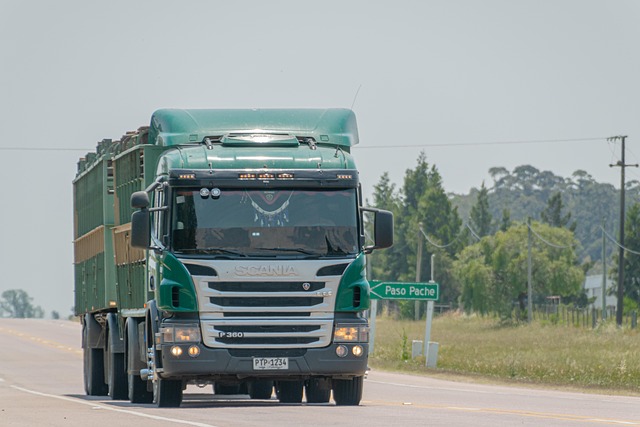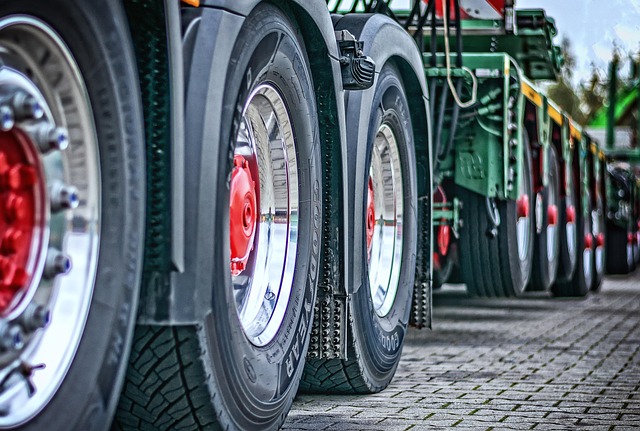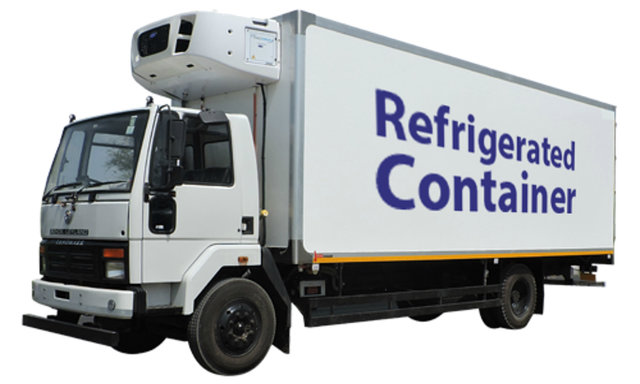Looking to register your car in California? This comprehensive guide breaks down the process step-by-step, from gathering essential documents to visiting the DMV. Learn how a DMV VIN verifier can simplify things, and discover post-registration follow-up steps for a smooth experience. Whether you’re a first-time registrant or transferring ownership, this article has you covered with clear instructions and valuable tips.
- Understanding the California Car Registration Process
- Gathering Necessary Documents for Registration
- Visiting the DMV: Step-by-Step Guide
- Using a DMV Vin Verifier: Benefits and Process
- Post-Registration: Important Follow-Up Steps
Understanding the California Car Registration Process

Understanding the California Car Registration Process
In California, registering a car involves several steps that are designed to ensure vehicle safety and compliance with state regulations. The process begins with gathering essential documents, including proof of ownership, valid identification, and insurance information. Once these documents are in order, drivers must visit their local Department of Motor Vehicles (DMV) office or utilize the DMV’s online services for registration. A key part of this process involves using a DMV vin verifier to check the vehicle’s history and ensure it meets safety standards. This step is crucial as it helps detect any outstanding issues with the car, such as outstanding loans, accidents, or recall notices, which could prevent proper registration.
For convenience, many drivers opt for mobile vin verification services, allowing them to complete this critical step from the comfort of their homes or places of business. This method streamlines the registration process by eliminating visits to the DMV and saving time. Alternatively, a vin inspection can be conducted at certified locations, ensuring that your vehicle meets all necessary safety and emission standards before final registration.
Gathering Necessary Documents for Registration

Before you start the registration process, ensure you have all the required documents ready. The California Department of Motor Vehicles (DMV) requires a variety of paperwork to verify ownership and complete the car registration. One crucial document is the Vehicle Identification Number (VIN) verifier, which can be obtained through a mobile vin verifier or a physical inspection. This number is unique to each vehicle and plays a vital role in identifying your car during the registration process.
Additionally, you’ll need proof of insurance, a valid driver’s license, and the vehicle’s title (if applicable). For a smooth registration experience, consider using a mobile vin verification service that can provide instant results and ensure all details are accurate. This step is essential to avoid delays or issues during submission at the DMV.
Visiting the DMV: Step-by-Step Guide

Visiting the DMV for car registration can be a straightforward process with proper preparation. Here’s a step-by-step guide to help you navigate through the process:
1. Gather Required Documents: Before heading to the DMV, ensure you have all essential paperwork ready. This typically includes your vehicle’s registration from the previous state (if applicable), proof of insurance, a valid driver’s license, and your car’s title. The California DMV also requires a completed Application for Vehicle Registration-Title form, which can be found on their official website.
2. Perform Mobile VIN Verification: To streamline the process, consider using a mobile VIN verifier to check your vehicle’s history remotely. This step is optional but beneficial, as it allows you to identify any potential issues or outstanding problems associated with the car’s previous ownership and registration. The California DMV accepts reports from various trusted mobile VIN verification services.
3. Visit the DMV: Arrive at your nearest California DMV office during their operating hours. Park your vehicle in the designated area and bring all required documents with you. A staff member will guide you through the process, which involves filling out forms and presenting your paperwork for review. They may also conduct a visual inspection of your car to ensure it complies with state safety standards.
4. Pay Registration Fees: Once your application is approved, you’ll be directed to the payment counter to settle any registration fees and taxes associated with your vehicle’s new California status. The cost can vary based on your vehicle type and other factors.
Using a DMV Vin Verifier: Benefits and Process

Using a DMV Vin Verifier can significantly streamline the car registration process in California. This tool is designed to verify a vehicle’s history and identity using its unique Vehicle Identification Number (VIN). By utilizing a DMV Vin Verifier, you can avoid potential issues that may arise from incorrect or false information provided by previous owners.
The benefits are numerous: it saves time, reduces the risk of fraud, and ensures compliance with California’s registration requirements. The process is straightforward; you simply input the VIN into the designated system, which then cross-references the data against state records. For those who prefer a mobile solution, there are even apps offering a mobile vin verifier service, providing added convenience during the registration vin inspection.
Post-Registration: Important Follow-Up Steps

After successfully registering your vehicle in California, there are several crucial post-registration steps to ensure a smooth ownership experience. One essential task is to obtain and verify your Vehicle Identification Number (VIN). The California Department of Motor Vehicles (DMV) recommends using a DMV VIN verifier to ensure the accuracy of this critical information. This process helps protect against fraud and ensures that all records associated with your vehicle are legitimate.
Additionally, consider utilizing mobile vin verification services for added convenience. These mobile vin inspection tools allow you to check and confirm your vehicle’s details remotely, ensuring peace of mind. By completing these follow-up actions, California car owners can maintain the integrity of their registration and keep their records up-to-date, which is vital for future transactions and legal compliance.
Registering a car in California involves several steps, from gathering essential documents to visiting a DMV office. By understanding the process and utilizing tools like the DMV’s VIN verifier, you can streamline the registration experience. Remember to complete all post-registration follow-up steps for a seamless transition as a California vehicle owner.
